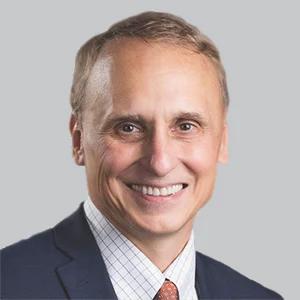|Videos|October 28, 2020
Advances in the Management of Acute Treatment of Migraine
Advertisement
Newsletter
Keep your finger on the pulse of neurology—subscribe to NeurologyLive for expert interviews, new data, and breakthrough treatment updates.
Advertisement
Related Articles
 NeurologyLive® Friday 5 — September 12, 2025
NeurologyLive® Friday 5 — September 12, 2025September 12th 2025
 Expanding the Alzheimer Drug Development Pipeline
Expanding the Alzheimer Drug Development PipelineSeptember 12th 2025
Latest CME
Advertisement
Advertisement
Trending on NeurologyLive
1
Expanding the Alzheimer Drug Development Pipeline
2
MDA and PPMD Release Consensus Guidelines for Safe and Equitable Use of Gene Therapy in Duchenne
3
DORAs Carry Lower Real-World Abuse, New Phase 3 Argus Data, RAP-219 Meets Primary End Point
4
NeurologyLive® Friday 5 — September 12, 2025
5













































